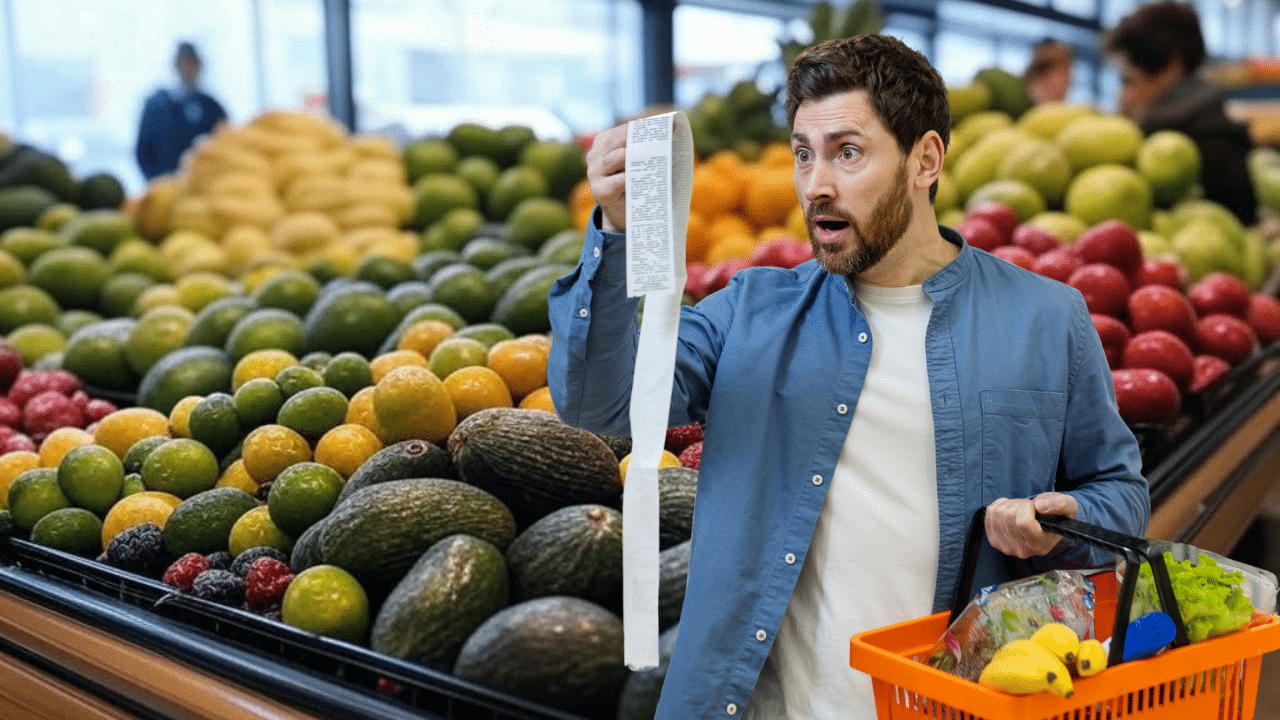The United States has entered a new phase of economic policy as President Donald Trump’s recently imposed tariffs on imports from Mexico, Canada, and China took effect.
These tariffs—25% on goods from Mexico and Canada and an additional 10% on Chinese imports atop an existing 10% levy—have sparked widespread concern among retailers, economists, and consumers alike.
Among the most immediate impacts forecasted by experts is a sharp rise in the prices of fruits and vegetables, potentially hitting American grocery shoppers within days.
Mainstream news outlets have covered the potential fallout extensively, highlighting the U.S.’s reliance on its neighbors for fresh produce and the swift ripple effects these tariffs could unleash.
Target CEO Brian Cornell sounded the alarm on March 4, telling Forbes that consumers “will likely see price increases over the next couple of days” on fruits and vegetables.
Cornell emphasized the U.S.’s dependence on Mexico during the winter months, noting that the country supplies a “significant amount of supply” for fresh produce like strawberries, avocados, and bananas.
With Mexico accounting for 69% of U.S. vegetable imports and 51% of fresh fruit imports in 2022, according to the U.S. Department of Agriculture (USDA), the 25% tariff threatens to disrupt this critical supply chain.
“Fresh produce has a really short supply chain,” Cornell explained, meaning price hikes could materialize almost immediately as new shipments arrive burdened by the additional costs.
CNN echoed this urgency, reporting that Mexico is the largest supplier of fruits and vegetables to the U.S., with staples like tomatoes, bell peppers, and avocados dominating grocery aisles.
The outlet underscored that the tariffs, effective as of midnight on March 4, could “drive up food prices for the average shopper” at a time when grocery costs are already a sore point for many American families.
The short shelf life of these items leaves little room for retailers to stockpile pre-tariff inventory, amplifying the speed of the anticipated price surge.
Economists have bolstered these warnings with data-driven analyses. Reuters reported on January 31 that tariffs on Canadian and Mexican imports would inevitably raise costs for meat, vegetables, and fruit, contradicting Trump’s campaign pledge to lower prices for everyday Americans.
“Food companies are scrambling to come up with contingency plans,” said David Ortega, an economist at Michigan State University, in the Reuters piece.
He noted that the mere threat of tariffs can inflate costs as businesses adjust sourcing strategies, a process that itself incurs expenses likely to be passed onto consumers.
The New York Times provided a broader perspective on February 2, stating that the tariffs “are likely to result in higher prices for lots of products,” with fresh produce among the first categories to be affected.
Jason Miller, a supply chain management professor at Michigan State University, told the outlet, “It’s going to be difficult to go down an aisle of a grocery store and not see some sort of inflationary effect.”
The paper highlighted the vulnerability of items like avocados—90% of which come from Mexico—along with tomatoes and strawberries, noting that their perishability means consumers will encounter tariff-laden prices within weeks, if not days, of the policy’s implementation.
The scale of America’s reliance on its neighbors underscores the stakes. According to Forbes, Mexico and Canada supplied 51% and 2% of fresh fruit imports, respectively, and 69% and 20% of fresh vegetable imports in 2022.
This dependency is particularly acute in winter, when domestic production wanes, leaving imports to fill the gap.
CNN charted the key food categories at risk, pointing out that Mexico’s dominance in horticultural exports—quadrupling in value between 2000 and 2021—makes it an irreplaceable partner for the U.S. market.
The New York Times further noted that the U.S. imported $38.5 billion in agricultural goods from Mexico in 2023 alone, making it the top supplier of such products.
Replacing this volume with domestic production or alternative suppliers is impractical in the short term, experts say.
“I can’t go out and plant tomatoes in Illinois in January and hope to replace them,” Rob Fox, an economist at CoBank, told Reuters, illustrating the logistical impossibility of swiftly offsetting these imports.
The Trump administration has maintained that the tariffs, aimed at curbing illegal immigration and the flow of fentanyl into the U.S., will not substantially raise consumer prices.
Vice President JD Vance claimed on Sunday, as reported by Reuters, that prices would eventually decline, though he acknowledged this might not happen immediately.
However, most economists and industry leaders disagree, arguing that importers—not exporters—pay tariffs, and these costs are typically passed on to consumers.
Retaliatory measures from affected countries could exacerbate the situation. Forbes reported that Mexico’s President Claudia Sheinbaum plans to announce retaliatory tariffs by early next week, while Canada has already imposed a 25% duty on $155 billion worth of American goods.
China, facing the additional 10% tariff, has promised countermeasures, further threatening global trade stability.
Sheinbaum warned, per Forbes, that “no one wins with this decision,” predicting damage to both U.S. consumers and businesses through higher prices and stymied job creation.










